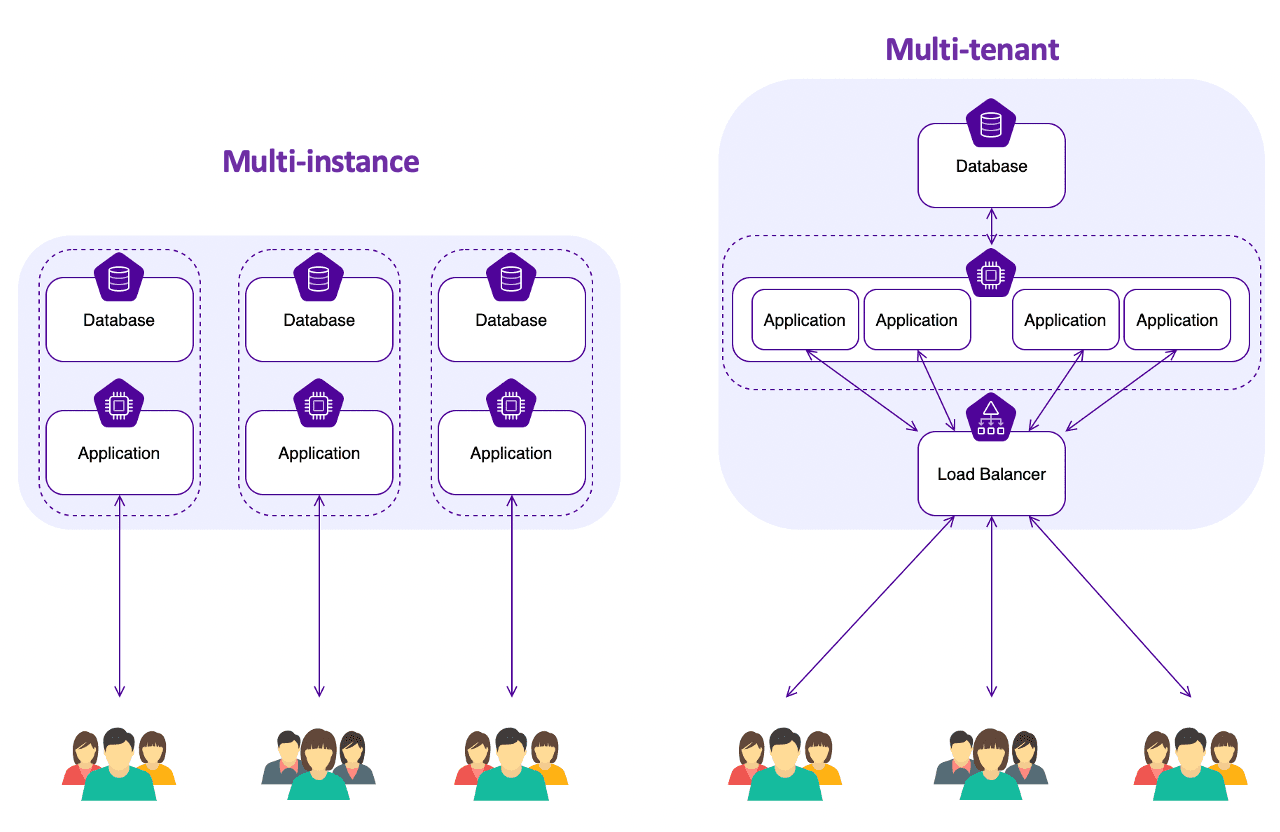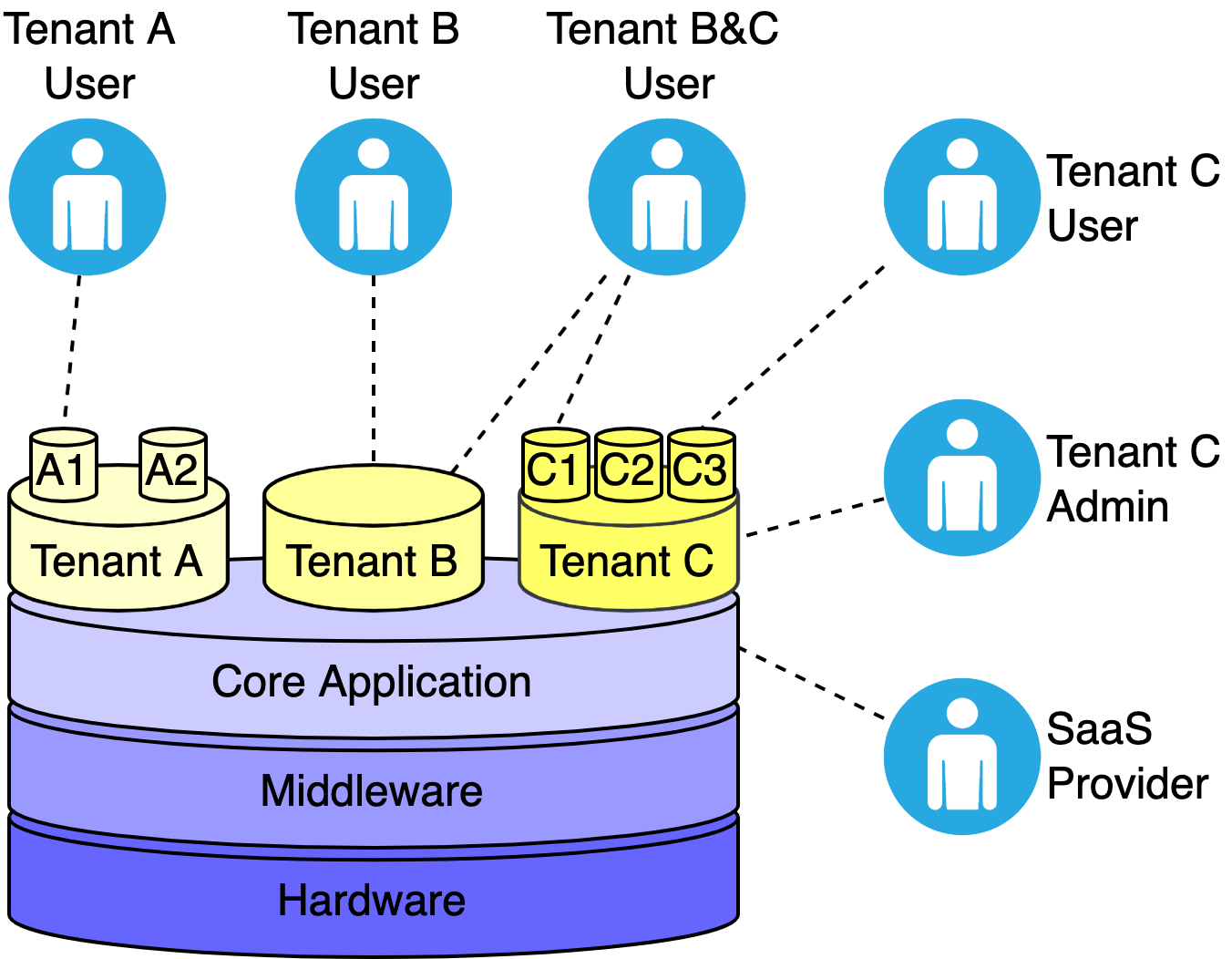Multi-Tenant Architecture Adjustments: Designing Scalable SaaS Applications

Designing scalable Software-as-a-Service (SaaS) applications requires careful consideration of multi-tenancy. By sharing infrastructure and resources across multiple tenants, SaaS providers can achieve cost efficiencies and improve service delivery. However, multi-tenancy introduces unique challenges that must be addressed to ensure scalability and reliability.

Key Adjustments for Multi-Tenant Architecture:

-
Isolation and Security: Ensure tenant data and functionality are isolated to prevent cross-contamination and maintain security. Mechanisms like data partitioning, access control, and encryption are essential.
-
Performance Optimization: Optimize resource allocation and workload management to handle tenant-specific demands. Load balancing, caching, and auto-scaling techniques can help mitigate performance bottlenecks.
-
Data Management: Implement centralized, shared data repositories while providing tenant-specific customization options. This allows for efficient data storage and retrieval, while empowering tenants with tailored experiences.
-
Extensibility and Customization: Allow tenants to extend and customize the application within pre-defined boundaries. Support for plugins, integrations, and custom configurations empowers tenants to tailor the service to their specific needs.
-
Billing and Resource Monitoring: Track tenant usage and resource consumption accurately. Flexible billing models and granular resource monitoring enable fair and transparent pricing, while ensuring cost control for both providers and tenants.
-
Cross-Tenant Collaboration: Facilitate secure and controlled cross-tenant collaboration when necessary. Features like tenant-to-tenant messaging, shared workspaces, and selective data sharing enable seamless collaboration while maintaining data privacy.
-
Scalability and Elasticity: Design the architecture with horizontal scalability in mind. Auto-scaling mechanisms and elastic infrastructure allow for seamless expansion and contraction of resources based on demand, ensuring optimal performance and cost efficiency.
-
Backup and Recovery: Implement robust backup and recovery strategies to protect tenant data and ensure business continuity. Tenant-specific backups and automated data recovery mechanisms ensure data integrity and minimize downtime.
By implementing these adjustments, SaaS providers can design scalable and reliable multi-tenant architectures that meet the evolving demands of their customers. These adjustments ensure isolation, performance, data management, extensibility, billing, collaboration, scalability, and backup/recovery capabilities, enabling SaaS applications to deliver optimal service while accommodating multiple tenants on shared infrastructure.
